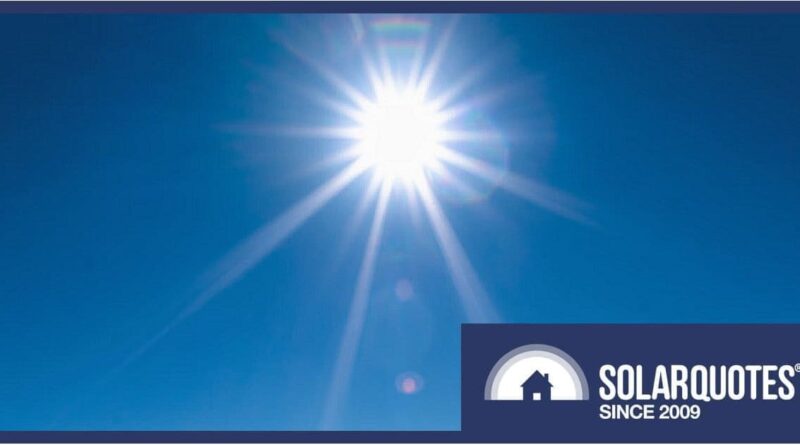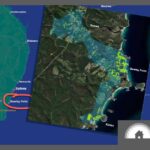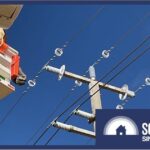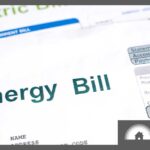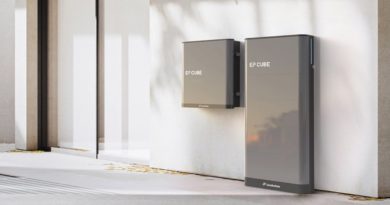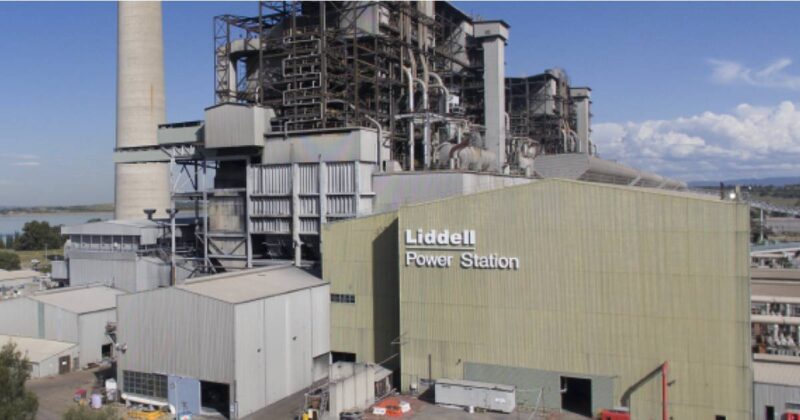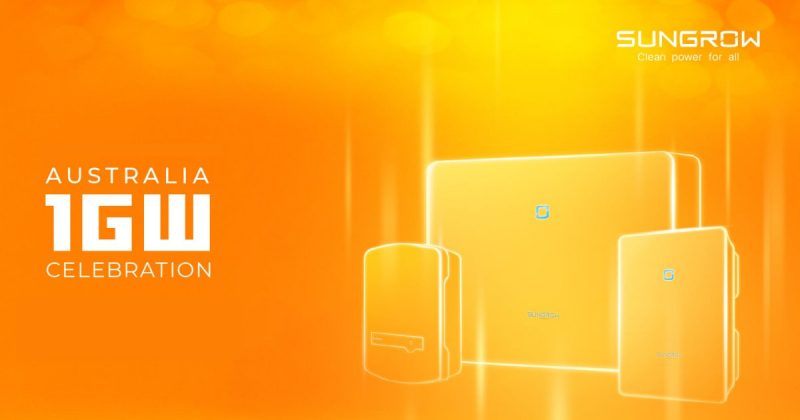Endeavour Energy’s New Two-Way And Free Solar Soak Tariffs

NSW Distributed Network Service Provider (DNSP) Endeavour Energy is introducing two-way tariffs for solar owners starting next month. Find out how this will work and also about Endeavour’s new free “solar soak” tariff.
Endeavour Energy is one of three DNSPs in New South Wales; providing electricity for 2.7 million people in Sydney’s Greater West, the Blue Mountains, Southern Highlands, the Illawarra and South Coast.
Network costs (poles and wires) are an element of an electricity bill, and a fairly substantial component too – around 27% of an average residential bill and 24% for small businesses. Last month, the Australian Energy Regulator (AER) approved increases in Endeavour-related charges for the new financial year. Both residential and small business customers will pay a bit more over FY24/25 – $29 more for the former and $48 for the latter on average1 according to Endeavour.
Also approved are two new network tariffs retailers can offer residential and small business customers; both related to solar energy.
New “Solar Soak” Time Of Use Tariff
A new solar soak tariff could be made available to all customers, whether they have solar panels or not. And the really interesting thing is it will be free of charge between the hours of 10am and 2pm each day. Why make it free? To soak up excess solar energy in the grid during that timeframe, which can reach a level that it creates grid management headaches and potentially threatens network stability.
“This is the cheapest distribution network tariff we’ve ever offered,” said Endeavour last month. “We are encouraging retailers to pass on this cost saving to all their customers.”
It doesn’t get cheaper than free, but it will be interesting to see how retailers integrate it into their time-of-use plans. And on that, Endeavour says it expects 71% of its customers to be on cost-reflective tariffs such as time-of-use by 2029, up from just 8% in 2022.
Two-Way Solar Tariff
As with Ausgrid, Endeavour’s two-way solar export tariff has a carrot and stick aspect. It is separate to the feed in tariff offered by retailers, but will affect it. The idea is by levying a charge for solar exports during the middle of the day and providing a reward for exports during peak (late afternoons and evenings), solar owners will respond by changing how they consume their self-generated solar electricity.
Endeavour Energy’s announcement didn’t mention pricing, but its annual pricing proposal from May that the AER signed off on indicates (N61 tariff):
- A charge of 1.75c per kilowatt-hour exported during the middle of the day (assumed to be 10am – 2pm), 7 days a week.
- A reward of 11.0357c/kWh for exports during peak (4 – 8pm) on weekdays during the “high season” (1 November to 31 March).
- A reward of 3.2695c/kWh for exports during peak on weekdays in the “low season” (1 April to 31 October).
Furthermore, there will be a 2,920 kWh per annum charge-free threshold for electricity exports, which works out to 8 kWh a day. It was originally going to be a significantly lower threshold, but the AER stepped in and encouraged Endeavour to up it.
“Up to 290,000 solar customers in the Endeavour Energy network could benefit from this tariff if offered by their retailer,” says Endeavour.
But depending on their energy consumption habits, not all may benefit – particularly among those households without a solar battery. And like the solar soak tariff, it remains to be seen how two-way pricing will be integrated by electricity retailers.
Existing customers will be able to opt-in to the N61 tariff if it’s offered to them from July 1. But from July next year, new and upgrading customers who export electricity back to the grid would be moved onto two-way pricing by default – however, they will be able to then opt-out if they choose.
Footnotes
- The AER estimates the average impact for customers on the most common tariffs to be $81.94 higher for residential customers and $456.00 higher for small business customers. That’s a big difference. But when the AER refers to network costs it also includes transmission (TransGrid) and government scheme costs.
Original Source: https://www.solarquotes.com.au/blog/endeavour-solar-tariffs-mb2947/

